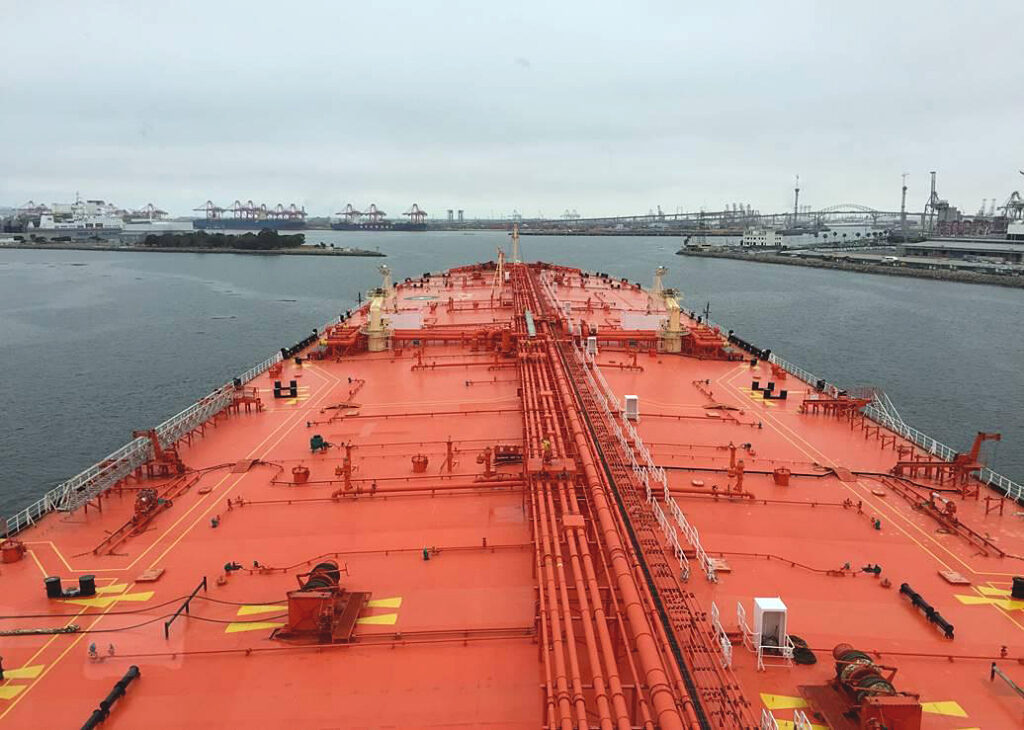NOAA’s Precision Marine Navigation (PMN) program aims to seamlessly integrate high-resolution bathymetry and high accuracy positioning and shoreline data with the forecast data of water levels, currents, waves, and weather forecasts. This information can be easily accessed and integrated into maritime electronic charting systems and other decision support tools so mariners can plan their transits and make decisions while at sea and coming to and from port. A key component of this program is providing vessel pilots with detailed depth information to ensure safety of vessel transits and that critical under keel clearance safety margins are maintained. Electronic navigational charts, although accurate, typically do not provide the detail that pilots prefer.
In Long Beach, California, Jacobsen Pilot Service and SEAiq Pilot—a navigation system for pilots—have been working with NOAA for almost a decade to develop supplemental products that could fill this need of additional detail in navigation products. The first test product was a bIENC. This is similar to an ENC, but with much denser ½-meter contour intervals. The pilots preferred the bIENC to the ENC, but it still did not provide much flexibility.
A new format called S-102 was developed internationally, which provides a navigation system with a dense grid of depths. The navigation system then draws contours based on user input. In the event that users want to see contours every meter, or every 2 feet, or just a single safety contour based on the draft of the ship, they can do so. As the S-102 specification for bathymetry in navigation systems matured, Coast Survey continued to work with the Jacobsen Pilots and SEAiq Pilot to use S-102 data.
After much testing and review, in July 2023, Jacobsen Pilots announced that they have seamlessly transitioned to the new S-102 chart format! They stated that, “The S-102’s bring a new level of accuracy to our portable electronic navigation units, increasing safety in a port where transits with minimal under keel clearances are common.”
The Precision Marine Navigation program is working with other regions to start providing test S-102 data and working with the local pilot organizations to meet the unique requirements of other geographic areas, as has been done with the Jacobsen Pilots. Users can find S-102 data and other S-100 information that is available, such as S-111 surface currents on the Precision Marine Navigation website.
The success of this project is the result of initial work by NOAA’s Pacific Hydrographic Branch with development of the bIENC files. Subsequent development of S-102 workflows by NOAA’s Hydrographic Systems and Technology Branch, the National Bathymetric Source, and the Precision Marine Navigation program enabled delivery of new navigational products to Coast Survey customers. This effort was made with cross-divisional collaboration including the External Source Data team conducting timely processing of surveys, and the National Bathymetric Source team for updating bathymetry compilations. Thank you to these and other parts of Coast Survey for these exciting advancements in navigation products in the United States.
Read more at nauticalcharts.noaa.gov.

